Q&A: Who are Rotrex?
- Davy Lewis
- May 19, 2022
- 8 min read
We spoke with Rotrex' product development engineer, Benjamin Karlson, to find out more about the company and what makes their range of centrifugal superchargers so special.
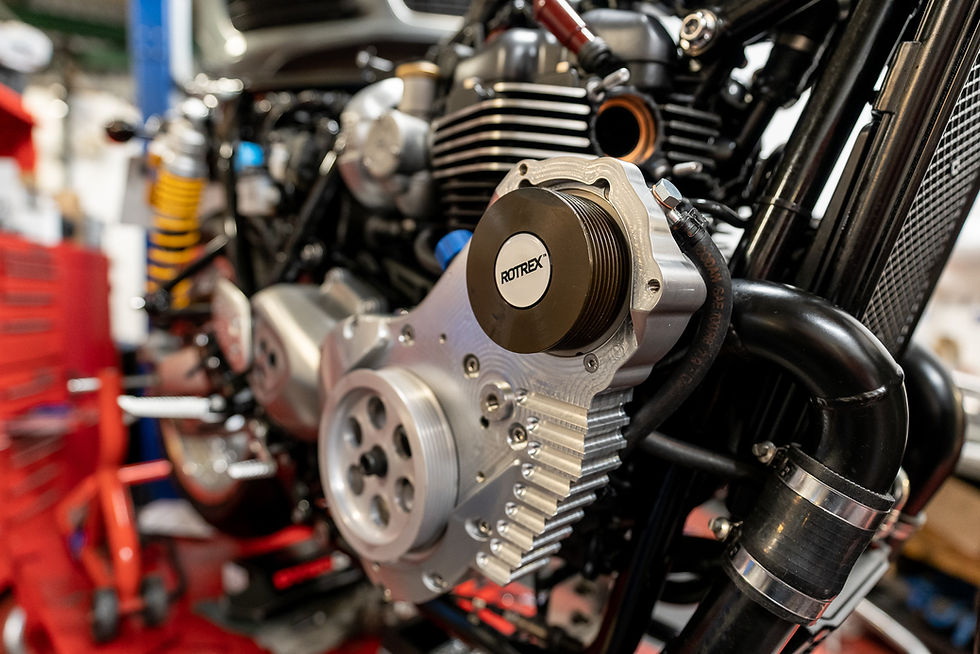
Tell us a little about the history of Rotrex…
Back in the early 1970’s, our founding father Anders P. Kolstrup was a passionate racing driver (and still is). He was always looking to improve his lap times and the performance of his engines. Back then turbo cars were basically undriveable, with extreme turbo-lag, resulting in inevitable spinouts. After an expensive supercar went up in smoke caused by a hot turbo Anders, being an engineer, believed that a better solution had to exist.
This led to the development of the first Rotrex supercharger – a planetary gear using conventional involute gears. Because this type of gear is limited in speed a new type of epicyclical gear was developed over the years, this was the planetary traction drive that we know and use today – first patented back in 1996, followed by a string of international patents.
Today, the Rotrex planetary traction drive offers the most efficient, compact, and quiet supercharging solution on the market, capable of supercharging everything from small motorcycles up to big block V8’s.
In basic terms, how does a centrifugal supercharger work?
A centrifugal supercharger works on the principle of speed and pressure being dependent of each other – known as the Bernoulli equation. By accelerating the air through the compressor wheel and slowing it down again in the compressor housing, pressure is created. For this to work, extreme rotational speeds are required – normally not achievable with loaded bearings.

This principle is the same as in a turbo, but instead of being driven by a turbine in the exhaust, the compressor wheel is driven by the crank through our traction drive. By having a direct connection between the engine speed and compressor wheel speed there is no lag – boost is always available!
How does it differ from other types of superchargers that are available?
Centrifugal superchargers in general differ from positive displacement (Roots, Screw and G-Lader) superchargers by having a wider operating range. Positive displacement superchargers always move the same amount of air (being a function of speed) and will make pressure dependent on how much air the engine can “swallow”. This can lead to incredible pressures if the air is not recirculated when at part throttle. Also, due to the large friction surfaces of these superchargers, efficiency is low.
Centrifugal superchargers can move different amounts of air, depending on how much pressure is required. This means that at part throttle, the outlet air does not have to be recirculated, as the supercharger will simply move less air. The efficiency of a centrifugal supercharger is much higher, some reaching 80% efficiency.
Can you talk us through the internal parts and what makes them special?
The Rotrex supercharger consists of three main parts: the input shaft and oil pump, the traction drive, and the compressor part.
Using a belt and pulleys, the input shaft is rotated at speeds up to ~16,000 rpm. The input shaft is connected to an oil pump that feeds the traction drive with oil, lubricating and cooling it. The pump is dual action, meaning that it sucks in oil from the oil canister that it feeds to the traction drive, and then sucks out again sending it back to the canister through a cooler. By doing this it is basically a dry-sump system.
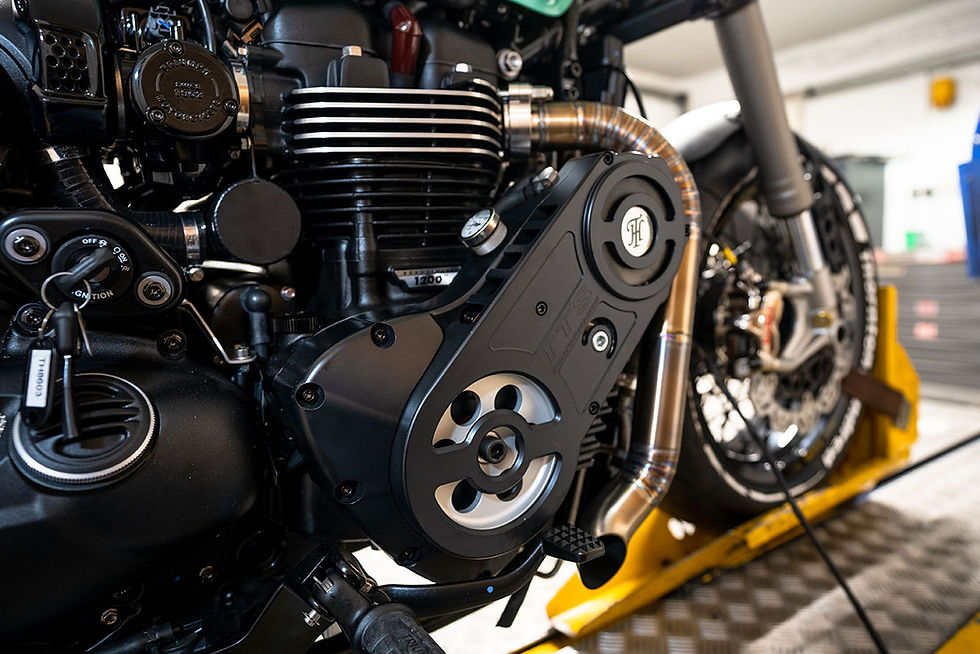
The input shaft is connected to the traction drive through the outer ring (called annulus), which again drives the three planets (rollers), that then drive the centre shaft (spindle). The gear ratio of the traction drive is the ratio between the annulus and spindle diameter – in our superchargers ranging from 1:12,67 (C15) to 1:6 (C38R). The surfaces and dimensions of the traction drive are extremely precise, with tolerances in microns (1/1000 mm). The design of our traction drive enables us to only have bearings on the slower rotating components of the supercharger; the input shaft and the three rollers. This means that the high-speed spindle is only supported by the three rollers, eliminating the need for high-speed bearings that are very sensitive and prone to failures.
Finally, there is the compressor part, consisting of a compressor wheel (impeller) and a compressor housing. The working principle of centrifugal compressors requires very high speeds to be efficient. Luckily, our traction drive enables just that; reaching speeds of up to +200.000 rpm in the C15 range.
What makes a Rotrex unit so efficient?
The Rotrex supercharger actually differs not only from positive displacement superchargers but also other centrifugal superchargers on the market, by using our highly efficient traction drive. By using rolling surfaces (much like a bearing) instead of the sliding surfaces in gears, power losses, noise and vibrations are minimised. The design of the traction drive also allows higher speeds to be achieved – our fastest production supercharger reaching +200.000 rpm. Furthermore, the centrifugal compressor design by nature is just a very efficient design – this is matched by turbocharger compressors, however since our traction drive is +97% efficient and a turbine only ~75% efficient, the total efficiency is very high in a Rotrex supercharger.

What are the benefits of using a centrifugal supercharger as opposed to a turbocharger?
As mentioned previously, a major benefit is the instant boost response. The other is the linear power as the boost is dependent on engine speed. A turbocharger will have no boost at low rpm, a large boost increase in mid rpm and flattening out towards the top end (turbo size needs to be smaller to minimise lag).
The boost curve of a Rotrex supercharger is almost completely linear and even at low rpm, some boost is available. While the mid-range boost might be lower than with a turbocharger, this means no sudden rush of boost – ultimately giving a more precise throttle control and less chance of breaking gearboxes, diffs, and shafts.
Furthermore, since there is no heat from a turbine, the outlet air from a Rotrex supercharger is cooler than that of an equivalent turbo, decreasing the required intercooler size which is good as it means less pressure loss. In some installations the intercooler can actually be completely removed, and the charge air just runs directly into the manifold.
Another benefit is simplicity of mounting and tuning. The only necessity to mount a supercharger is a bracket. This bracket can often be made with a simple plate and some spacers. The supercharger is basically free to be placed anywhere on the engine, as long as the belt alignment is met and there is no need for any fancy exhaust manifolds and the associated heat management problems.
However, packaging and engine bay constrains often means that brackets can become quite intricate pieces of engineering art. This is definitely evident on the TTS Performance kits, where integration and packaging are second to none. Tuning is also simplified as there is no need for wastegates or boost controllers; boost adjustment is simply done by changing the pulley size and tuning basically becomes as easy as any NA setup.
Lastly, since there is no turbine restriction in the exhaust, the engine stresses are reduced. Furthermore, since the exhaust pressure is low, the required boost to achieve power is reduced, since it is dictated by the difference in pressure from the intake to the exhaust. Say that you are making 1 bar of boost on a turbo, but have 0,4 bar of exhaust back-pressure; ideally, the same power would be achievable with 0,6 bar of boost if there was no exhaust back-pressure.
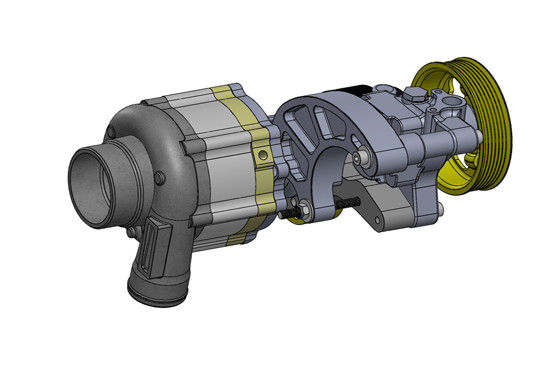
It is easy to see that this leads to less stress on the engine as the exhaust is not “fighting back”. The back pressure also keeps residual hot gasses trapped in the combustion chamber. This heats the incoming charge so that the risk of knocking increases to an extent where ignition timing has to be reduced and mixture needs to be richer both reducing efficiency.
Obviously, it still takes some power to spin the supercharger, but as mentioned earlier the efficiency of a traction drive is ~20% higher than a turbine.
Explain the recent development of counterclockwise superchargers…
With the introduction of the C38R in 2018, the market for the big V8s opened up. Having a big V8 in your engine bay means that you don’t have much space down the sides of the block to fit the Rotrex supercharger. One of our distributors needed us to develop a counterclockwise version of the C38R and was willing to commit to a large number, so we made it happen.
In the last couple of years, there has also been a large demand for counter-clockwise C30-94; our best-selling unit. So, in 2021 we introduced the CCW C30-94.
We have future plans of offering all our superchargers in both CW and CCW versions, however the demand has to be there – we know that TTS is highly interested in the CCW C15 range for their motorcycle applications.
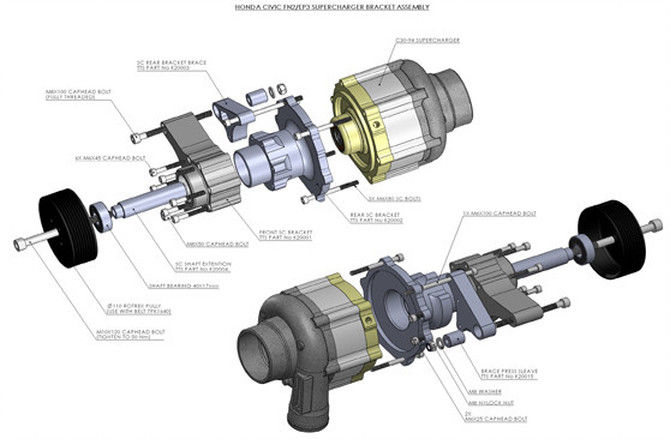
What’s the highest power rated supercharger you currently produce?
That would be the C38R-112, capable of moving 0,84 kg/s of air, corresponding to just under 1000hp. Most people don’t think about how much power it takes to move that much air; at max load, the C38R-112 pushed 110kW or about 150hp, which means most ordinary cars wouldn’t even be able to spin it!
Keep in mind that this is also the case for any other supercharger or turbocharger, but they are most likely less efficient and will take even more power to run!
Can a Rotrex be fitted to any vehicle?
Yes! Our superchargers have been used to boost everything from snowmobiles and motorcycles to trucks and even airplanes.
However, some are better suited than others. We recommend fitting our superchargers to NA gasoline engines, as they get the most benefit from using a Rotrex supercharger.
Cars that are fitted with turbo engines from factory won’t see a huge performance gain and simply changing to a larger turbo is often simpler.
Diesels are actually rather well suited to having superchargers, but the low redline (usually about half of gasoline engines) means that the belt drive needs to have a massive gear ratio (huge engine pulley and tiny supercharger pulley), often not easy to achieve.
How do you test new superchargers?
Our supercharger designs undergo vigorous testing prior to being released for production. This testing is also redone when any design revisions are made, even if the revision is just a simple change of bolt supplier. Our in-house test rigs allow us to test the superchargers at full load for as long as we want – our standard verification test consisting of 60 hours at full load; corresponding to 250.000 km of automotive use. We then inspect all the components and before any new design or change is accepted.
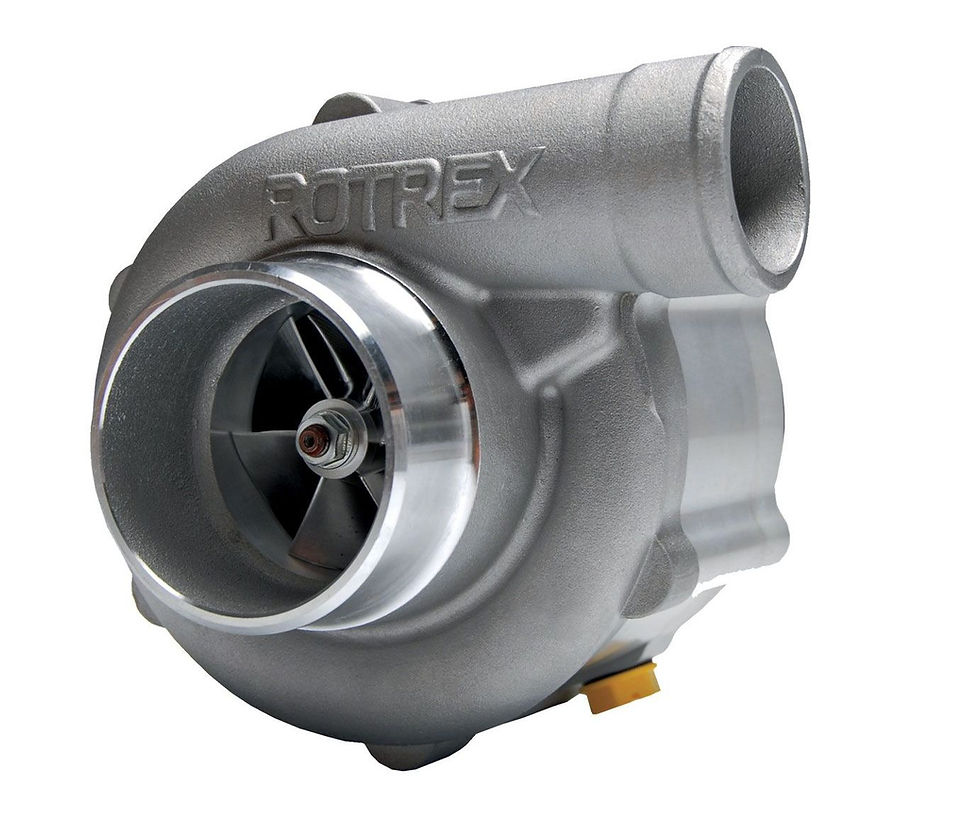
We produce flow maps of every compressor size that we make using our SAE compliant test rig. Being able to produce these flow maps in a very simple and controllable manor is actually rather unique to our superchargers. While testing a turbocharger is rather complicated as the turbine has to be driven using either a gas burner or an actual engine, our superchargers are simply driven by a large electric motor. This enables us to reach any target point that we want and makes testing very simple; so simple in fact that some turbo manufacturers have used our traction drives to test their own compressor wheel designs.
After assembly, all our superchargers are tested on a small torque rig that completes a simple function test of the traction drive, ensuring that the supercharger spins as it should.
Can you tell us about any exciting projects you’re involved with?
Not many of our automotive customers are aware, but we do a ton of custom applications for other industries, from aviation and aeronautics to massive 1.000-ton mining trucks and food processing – we have even done some Formula 1 stuff. We have worked with several OEMs; Koenigsegg, Zenvo, Bugatti, Toyota, Hyundai, Renault, Kawasaki, and Norton just to name a few. We can’t really get into much more detail because we have NDAs to comply with.


Comments